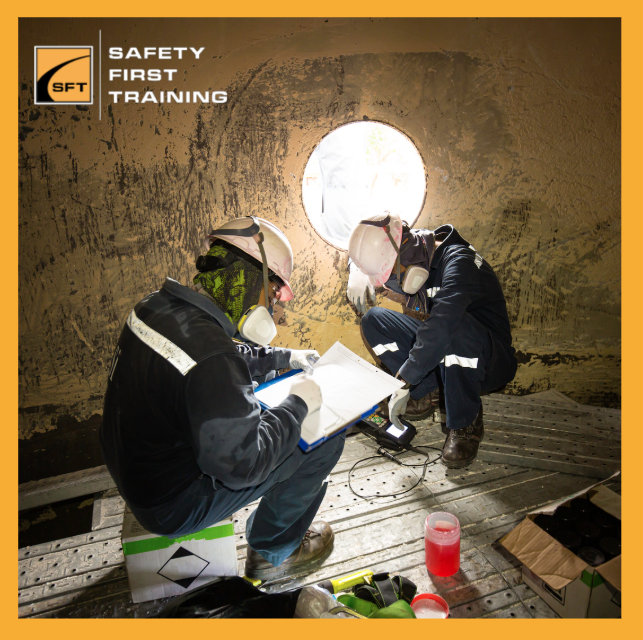CONFINED SPACE ENTRY AWARENESS TRAINING
Confined spaces present unique risks that can lead to serious injury or even fatalities if not managed correctly. Our Confined Space Entry Awareness Training is designed to equip your team with the knowledge and skills to identify, assess, and safely manage confined space entry. This can also be implemented as a "Lunch and Learn".
Aligned with CSA Standard 1006-01, this training provides practical strategies for hazard identification, emergency preparedness, and compliance with safety regulations. By investing in this seminar, you’ll protect your team, improve Worksite Safety protocols, and demonstrate your commitment to a culture of safety.
Confined Space Awareness and Training - 3-4 Hours
Contact us for Special Discounts and Preferred Pricing
1-5 Participants: $699.00/Session
6-8 Participants: $1,069.00/Session
9-10 Participants: $1,229.00/Session
11-15 Participants: $1,509.00/Session
Duration
Up to 4 hours
Completion
Upon completion of this training, participants will receive a PDF participation certification
Confined Space Entry and Awareness Training Outline:
What is a Confined Space
Definition of confined spaces
Different types of confined spaces
Regulations
Hazards
Types of confined space hazards
Administrative hazards
Qualified Worker
Definition of a qualified worker
Training requirements
Roles and responsibilities
Identification and Control
Confined space hazard analysis
Risk categories
Permits and labelling
Emergency Response
Emergency rescue classifications
Roles and responsibilities of rescue team members
Equipment guidelines
Confined Space Entry Procedures
Safe work procedures
Equipment design and function
Hazard control permitting
Click here for a real life example about the dangers of working in Confined Spaces
General Information:
The Main Hazards of Confined Spaces include:
Toxic Atmosphere. A toxic atmosphere may cause various acute effects, including impairment of judgement, unconsciousness and death
Oxygen deficiency
Oxygen enrichment
Flammable or explosive atmospheres
Flowing liquid or solids
Excessive heat
The Importance of Confined Space Awareness Training
Confined space training is crucial for ensuring the safety of workers who enter areas with limited entry or exit points, poor ventilation, and hazardous conditions. These spaces, such as tanks, silos, sewers, or vaults, present unique risks, including toxic gas exposure, lack of oxygen, and the potential for entrapment. Without proper training, workers may not recognize these hazards, increasing the likelihood of accidents, injuries, or fatalities. Confined space training equips workers with the skills to identify dangers and use protective equipment, but it also ensures they are prepared to implement emergency procedures effectively.
In Ontario, confined space training is required by the Occupational Health and Safety Act (OHSA) and its regulations. Employers must assess confined spaces for hazards and develop entry plans, while also ensuring that only properly trained workers enter these areas. The Confined Spaces Regulation (O. Reg. 632/05) mandates that workers receive thorough instruction on safe entry, use of protective equipment, and emergency preparedness. This includes training on atmospheric testing and ventilation, but also stresses the importance of standby personnel. Employers are responsible for keeping worker certifications current, and workers must be properly trained before entering confined spaces.
Failure to comply with these regulations can result in serious penalties, including fines, work stoppages, or even imprisonment for company owners or supervisors. Beyond the legal requirements, confined space training helps foster a culture of safety, reducing the risk of accidents and enhancing workplace efficiency. Properly trained workers are better equipped to handle confined space entry, which reduces downtime from accidents and improves compliance with provincial safety standards. By investing in confined space awareness training, companies not only protect their workers but also avoid costly fines and legal consequences, creating a safer and more productive workplace.


